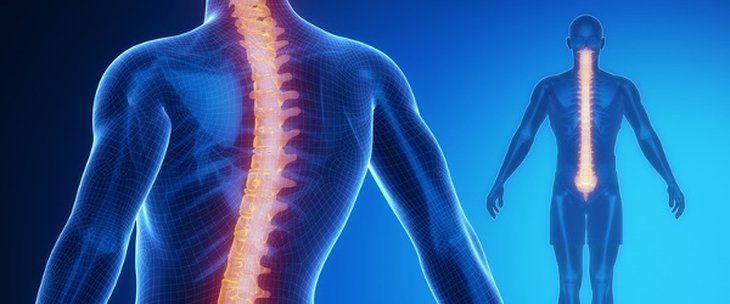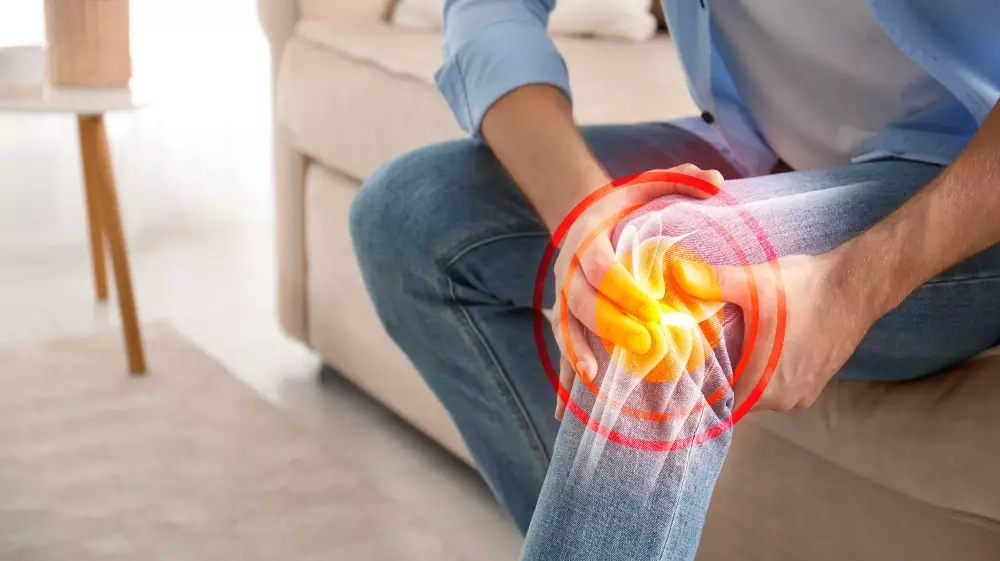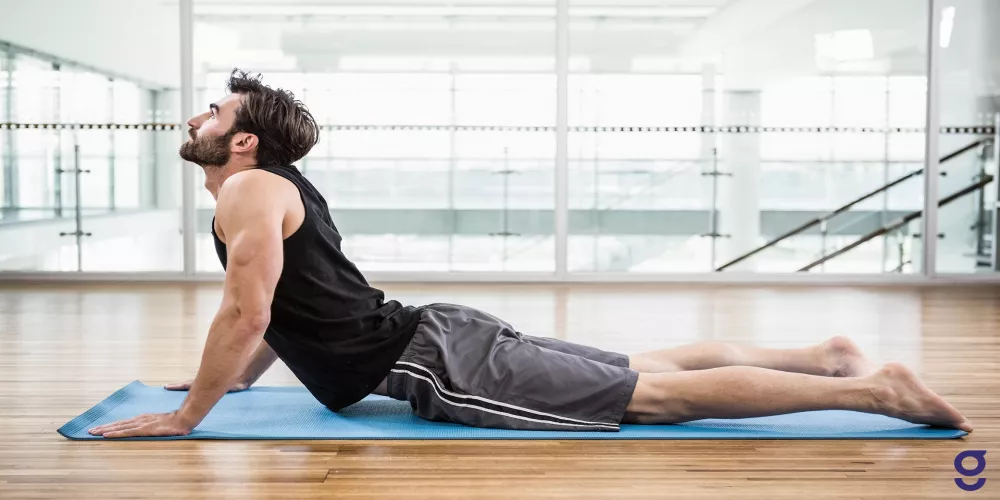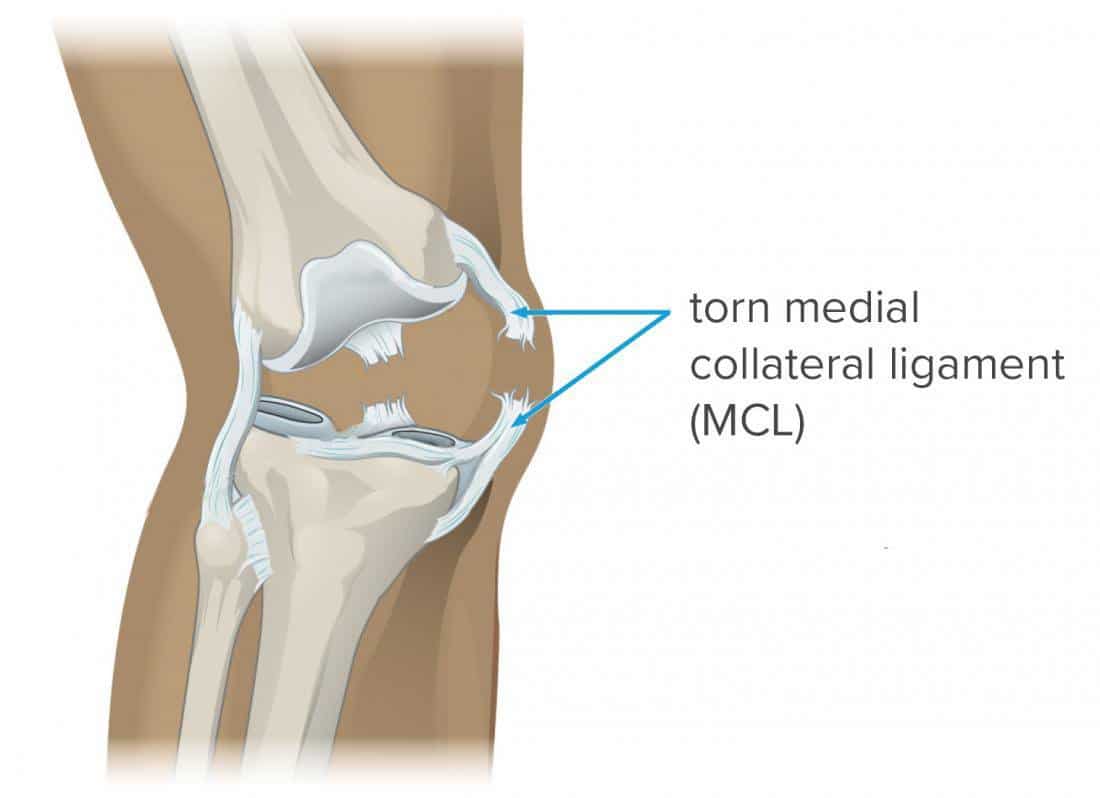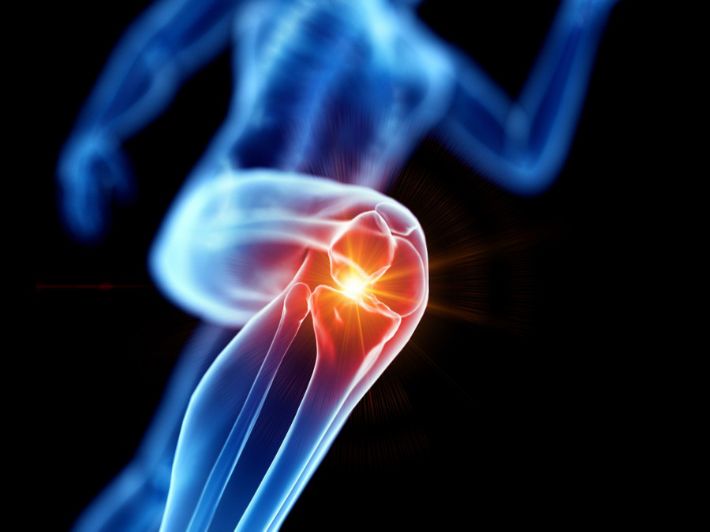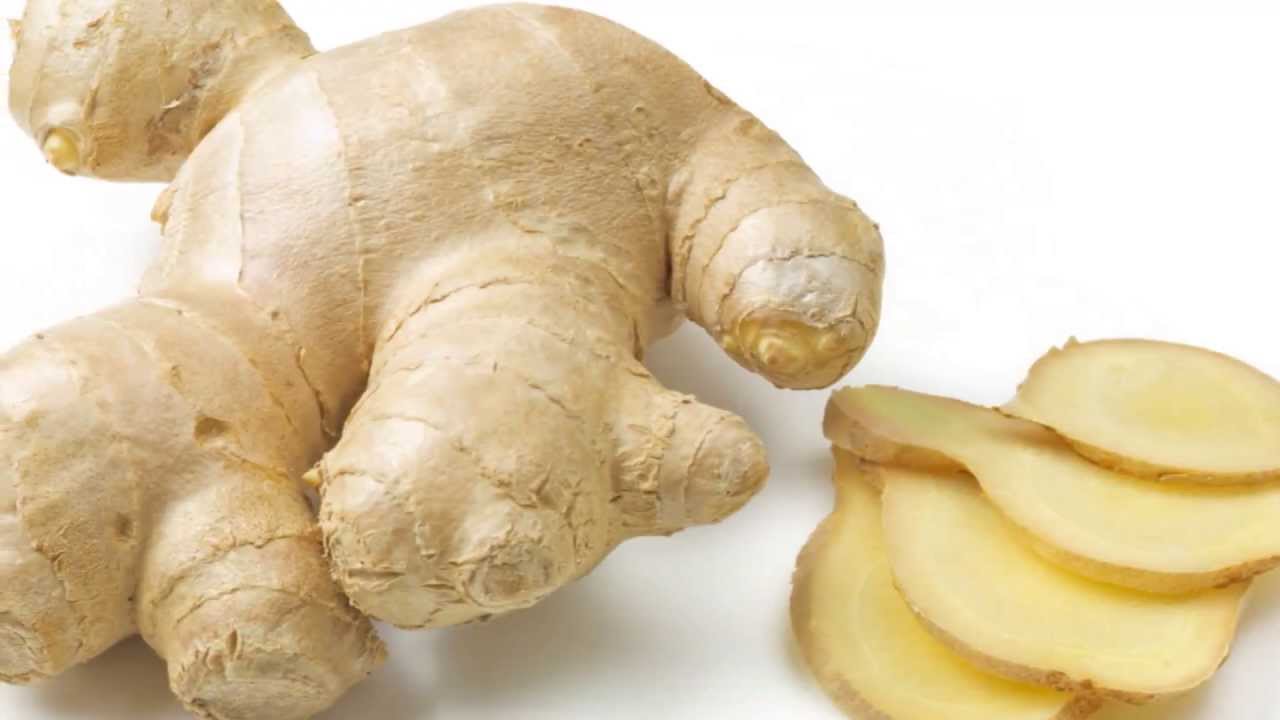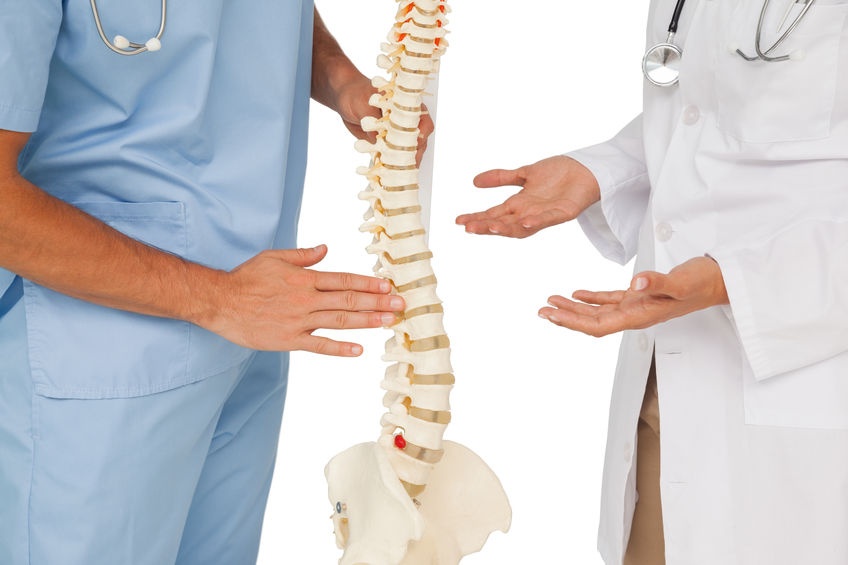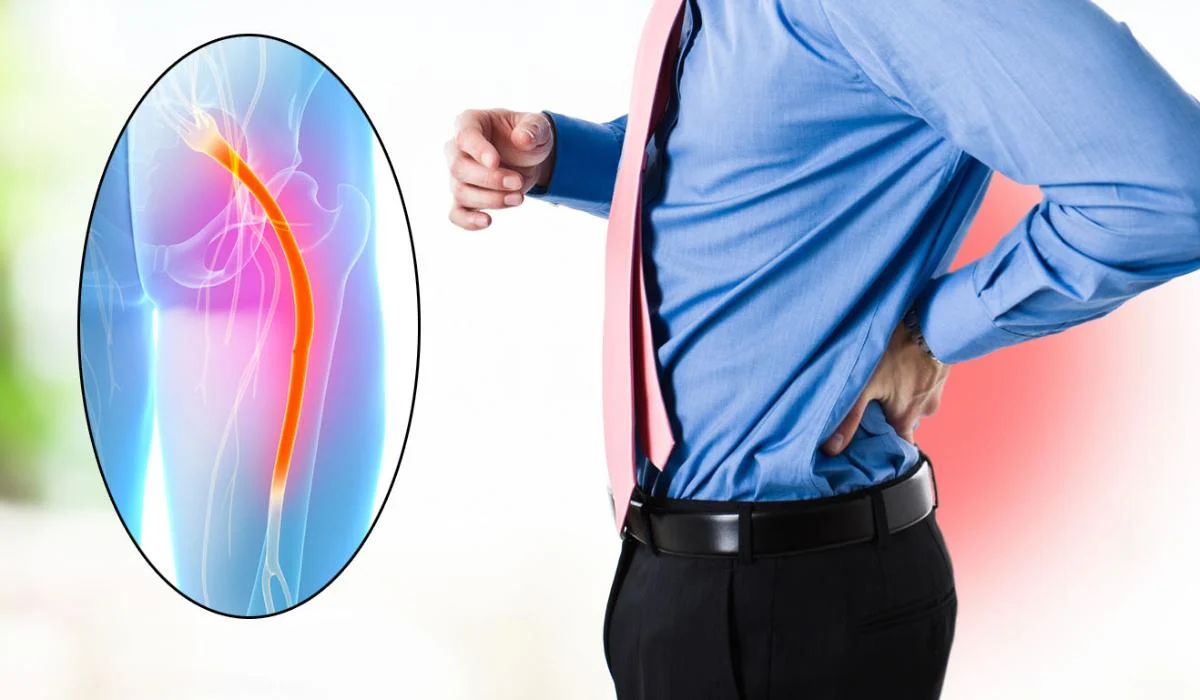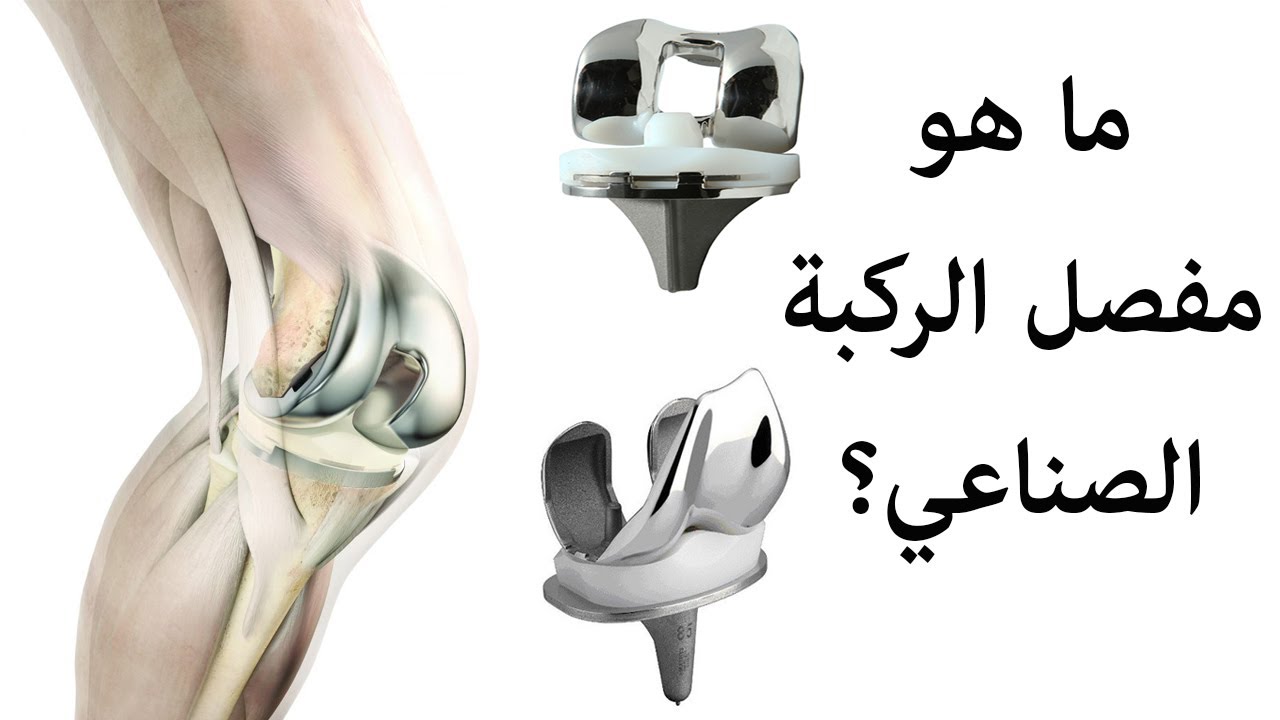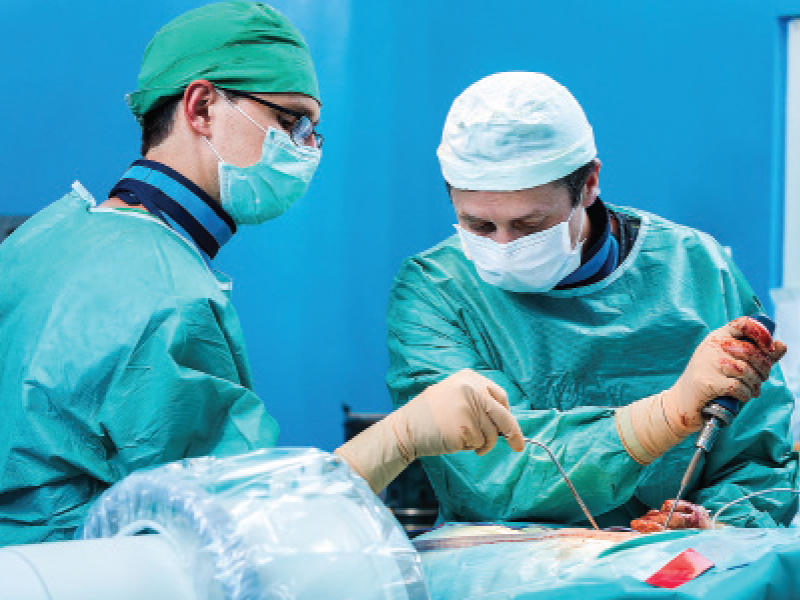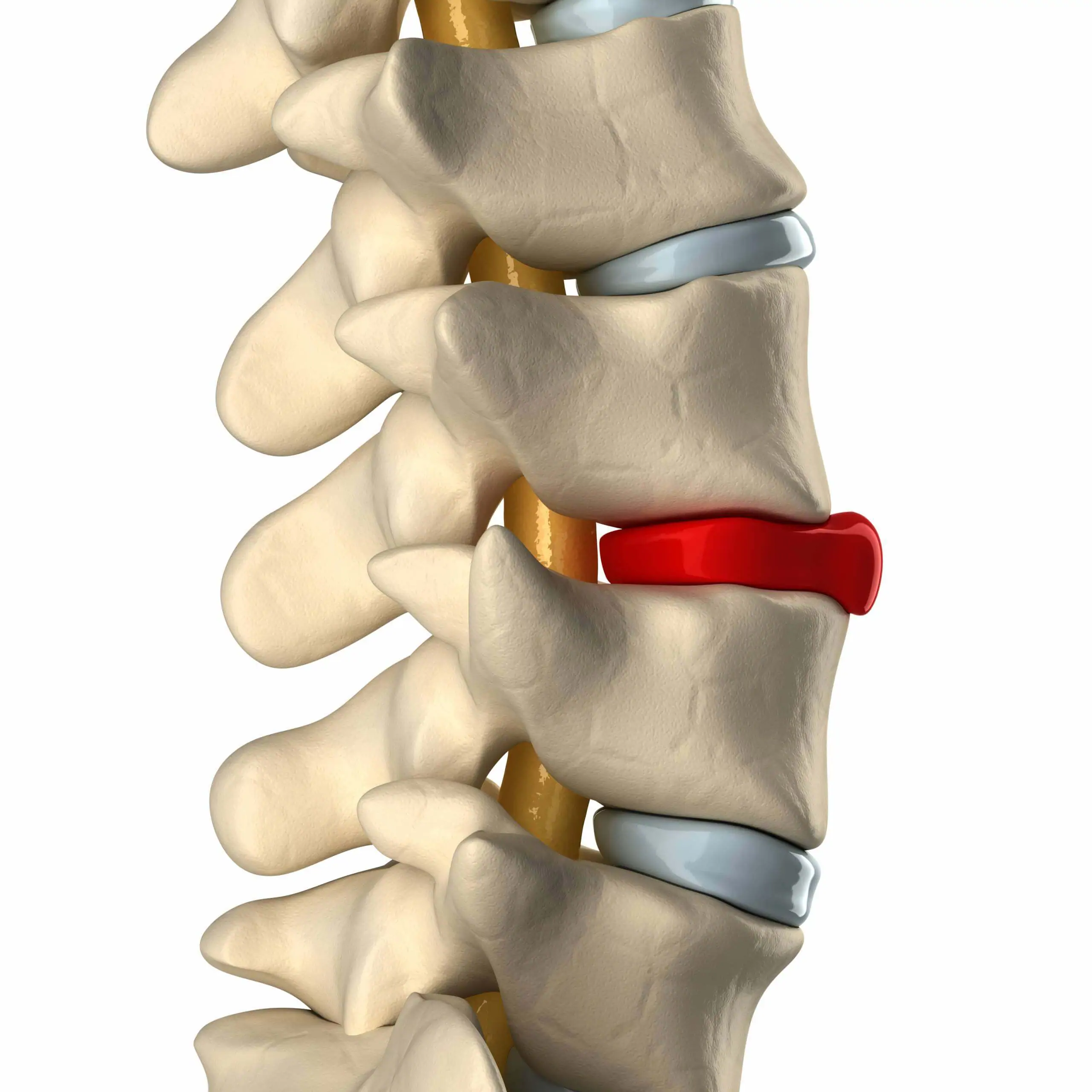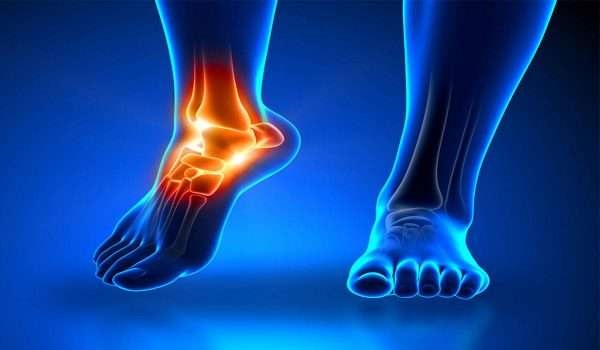What is the treatment for a partial tear in the shoulder tendon? Does it require surgery?
Partial Tear in the Shoulder Tendon Treatment
A shoulder tendon injury can be painful and restrict the movement of the shoulder and arm. Tendon injuries in the shoulder can result from intense sports activities, accidents, or simply aging. One type of injury that can occur is a partial tear in the shoulder tendon. In this article, we will discuss partial tears in the shoulder tendon, how to diagnose them, and possible treatments.
What is a Partial Tear in the Shoulder Tendon?
A partial tear in the shoulder tendon is a type of injury that affects the shoulder tendon without completely tearing it. This injury can occur due to excessive stretching or overloading of the shoulder tendon without a complete tear. A partial tear in the shoulder tendon can be painful and limit shoulder movement, but it does not necessarily involve a complete tear.
Symptoms of a Partial Tear in the Shoulder Tendon:
Symptoms of a partial tear in the shoulder tendon may include:
- Pain: The affected individual may experience pain in the shoulder area, which worsens when attempting to use or move the shoulder.
- Weakness: Weakness in the affected shoulder and difficulty performing daily movements may be present.
- Swelling: In some cases, mild swelling may occur in the shoulder area.
- Popping Sound: The affected individual may hear a popping or cracking sound when moving the shoulder.
Diagnosis:
Diagnosis is based on evaluating symptoms and a physical examination of the shoulder by a physician. The evaluation may also include an X-ray of the shoulder to rule out a complete tear in the tendon. In some cases, an MRI (Magnetic Resonance Imaging) of the shoulder may be performed to obtain more detailed images of the tissues.
Treatment for Partial Shoulder Tendon Tears:
When diagnosing a partial shoulder tendon tear, several treatment options can be considered, including:
- Physical Therapy: Physical therapy can help strengthen the muscles around the shoulder, increase flexibility, and improve shoulder mobility.
- Medication: Anti-inflammatory drugs and pain relievers may be prescribed to reduce pain and swelling.
- Cortisone Injection: A doctor may administer a cortisone injection into the shoulder to reduce inflammation and alleviate pain.
- Shoulder Surgery: In severe cases where repair and stabilization of the injured tendon are necessary.
- Ultrasound Therapy: These therapies can stimulate healing and reduce inflammation.
Recovery:
Recovery time depends on the severity of the injury and the type of treatment chosen. Recovery may take from a few weeks to several months. During this period, it is essential to avoid activities that may strain the tendon or increase pain. Adhering to a physical therapy exercise program can help improve strength and flexibility in the affected shoulder area.
When a partial shoulder tendon tear is diagnosed, prompt treatment is crucial to prevent worsening of the injury, reduce pain, and restore shoulder function. Consultation with a physician is necessary to determine the appropriate treatment and closely monitor the recovery process.
Can a Partial Shoulder Tendon Tear Heal?
Suffering from a partial shoulder tendon tear is a medical issue that requires attention and care. Understanding whether a partial shoulder tendon tear can heal is essential for patients with this type of injury. In this article, we will discuss whether a partial shoulder tendon tear can heal and the factors that affect the healing process.
Understanding Partial Shoulder Tendon Injuries:
When we talk about a partial shoulder tendon injury, we mean that the tendon has suffered a partial tear without a complete rupture. This means that there is tearing in the tendon fibers, but the tendon remains intact. Partial shoulder tendon injuries can occur due to excessive stretching, overuse, or sports-related injuries.
Healing Potential for Partial Shoulder Tendon Tears:
The healing potential for partial shoulder tendon injuries depends on several factors, including:
- Location of the Injury:
The location of the partial tear in the shoulder tendon plays a significant role in the healing potential. If the tear occurs in a part of the tendon with good blood flow, the chances of healing are better.
- Severity of the Injury:
The severity of the injury determines its impact on the shoulder tendon. If the injury is mild and involves only minor fiber tears, the chances of healing are greater than in severe injuries.
- Effective Treatment:
The impact of early and effective treatment on the healing potential of partial shoulder tendon injuries cannot be ignored. Treatment options may include physical therapy, rest, medication, and in some cases, surgery.
- Compliance with the Treatment Plan:
Compliance with the doctor’s guidance and treatment plan plays a significant role in the healing of partial shoulder tendon injuries. If the treatment is followed diligently, the chances of healing increase.
Personal Variables:
It is important to note that individual differences also play a role in the healing process. Factors such as age, overall health, and fitness can affect the time required for recovery.
In general, a partial shoulder tendon tear can heal if it is diagnosed early, and appropriate treatment is administered. It is essential to consult a doctor if there is suspicion of a shoulder tendon injury, as they can provide the necessary evaluation and guidance for treatment. Remember that early treatment and adherence to the prescribed therapy can increase the chances of healing and reduce complications associated with the injury.
Does Physical Therapy Treat Partial Shoulder Tendon Tears?
Partial shoulder tendon injuries are a common medical issue that affects many individuals, requiring effective treatment to restore shoulder function and reduce pain. Physical therapy is considered an important option in the treatment of partial shoulder tendon injuries, and in this article, we will discuss the role of physical therapy in treating these injuries and what patients can expect from it.
Understanding Partial Shoulder Tendon Injuries:
Partial shoulder tendon injuries involve a tear or injury to one of the muscle tendons that connect muscles to bones in the shoulder area. These injuries can occur due to excessive stress, sports-related activities, or aging. Examples of partial shoulder tendon injuries include tears in the supraspinatus and infraspinatus tendons.
How Can Physical Therapy Help?
Physical therapy plays a crucial role in managing and treating partial shoulder tendon injuries through various methods and techniques, including:
- Comprehensive Assessment:
Physical therapy begins with a comprehensive evaluation of the patient’s condition, involving an examination of the shoulder and an assessment of the severity and type of injury. This assessment helps determine the appropriate treatment plan.
- Muscle Strengthening Exercises:
Physical therapy includes designing a specific exercise program to strengthen the muscles surrounding the shoulder, helping to regain shoulder strength and stability.
- Improving Flexibility:
Therapy sessions include exercises to increase shoulder flexibility and improve range of motion. This can help improve shoulder function and reduce pain.
- Manual Therapy Techniques:
Physical therapy may involve manual therapy techniques such as massage and muscle stretching to reduce tension and improve blood flow to the affected area.
- Supervision and Monitoring:
Physical therapy monitors the patient’s progress over time and adjusts the treatment program as needed, ensuring that the treatment is effective and safe.
What Can the Patient Expect:
It is important for the patient to be realistic about what to expect from physical therapy. The healing and improvement process may take time, and commitment to the prescribed treatment program and exercises by the physical therapist is necessary. The speed of recovery depends on the severity of the injury and the individual patient’s needs.
Physical therapy is an essential component of treating partial shoulder tendon injuries. It helps in restoring shoulder function and reducing pain, and in some cases, it can contribute to avoiding surgery. If you have a shoulder tendon injury or are experiencing shoulder pain, it is essential to consult a physical therapist for assessment and appropriate treatment.
What Is the Treatment for Shoulder Ligament Tear?
Treatment for Shoulder Ligament Tear: Assessment and Treatment Shoulder ligament tears are health issues that require immediate attention and serious treatment. If you have suffered a tear in the shoulder ligaments, understanding available treatments and the necessary steps to take can be crucial for regaining the health and normal function of your shoulder. In this article, we will delve into the topic of shoulder ligament tears in detail, starting from the initial assessment to potential treatment.
Initial Assessment:
When someone experiences a shoulder injury, including the possibility of shoulder ligament tears, they should seek immediate medical care. The initial assessment typically includes:
- Medical Evaluation:
The medical evaluation involves checking the severity of pain, the type of injury, assessing range of motion, and relying on a physical examination to determine the extent of ligament tear and its impact on the shoulder.
- X-rays:
X-rays of the shoulder may be taken to rule out fractures or other structural changes in the joint.
- Magnetic Resonance Imaging (MRI):
In some cases, an MRI scan of the shoulder may be performed to assess the extent of ligament tear and to check for any additional damage.
Treatment:
Once shoulder ligament tears are confirmed, treatment may involve several steps:
- Rest:
In the initial stage following the tear, treatment involves giving the shoulder rest. Restricting shoulder movement with the use of a sling or shoulder brace may be done to help stabilize the joint.
- Physical Therapy:
Physical therapy plays a significant role in the treatment of shoulder ligament tears. This includes exercises to strengthen the muscles around the shoulder, flexibility exercises, and manual therapy techniques to relieve tension and pain.
- Medication:
In some cases, the doctor may prescribe anti-inflammatory medications or pain relievers to reduce pain and inflammation.
- Surgery:
If traditional treatment is not effective or if the ligament tear is severe, surgery may be necessary to repair the torn ligaments. The success of the surgery depends on the extent of ligament damage and the location of the tear.
Time Factors:
The duration of treatment and recovery depends on the individual patient’s characteristics, the severity of the tear, and the effectiveness of the treatment. Recovery may take weeks to months. The patient should adhere to the doctor’s instructions and physical therapy to ensure the best outcomes.
In conclusion, shoulder ligament tear injuries require prompt and effective evaluation and treatment. The patient should work with a specialized medical team to determine the most suitable treatment and ensure full shoulder function recovery.
Does Partial Rotator Cuff Tear Require Surgery?
The answer to this question depends on the individual patient’s condition and the extent of the rotator cuff tear. In many cases, a partial rotator cuff tear does not require surgery and can be successfully treated through physical therapy, rest, and rehabilitation exercises.
However, if the partial tear of the rotator cuff is severe and significantly affects shoulder function and mobility, or if traditional treatments are not adequately effective, surgeons may recommend surgery to repair and strengthen the torn tendon.
Therefore, it is always advisable to consult with a shoulder surgery specialist or a physical therapy specialist to assess your condition accurately and make the optimal decision based on their evaluation.
Does Rotator Cuff Tear Cause Disability?
Injuries and tears in the shoulder tendons represent a serious medical problem that must be dealt with seriously. People suffering from rotator cuff tears or tendon tears in the shoulder may suspect that this injury may cause them permanent or temporary disability, preventing them from using their shoulder normally. In this article, we will provide a comprehensive overview of the effects of rotator cuff tears on movement and function and whether this injury causes permanent disability.
The Impact of Rotator Cuff Tear on Movement and Function:
The effects of rotator cuff tears depend on several factors, including the degree of the injury, the location of the tear, and the treatment received by the patient. Here are some points to consider:
- Degree of Injury: Partial Tear: In the case of a partial tear of the tendon, its impact may be less compared to a full tear.
- Location of the Tear: Supraspinatus Tendon: If the supraspinatus tendon in the shoulder is torn, it can lead to significant loss of strength and the ability to lift the arm fully. Infraspinatus Tendon: Injuries and tears of the infraspinatus tendon are typically less severe, and the impact on mobility and function may be less.
- Treatment: Surgical Treatment: In many cases, repairing the torn tendon may require surgical intervention. Surgery can be effective in fully restoring function. Non-Surgical Treatment: In some cases, tears and tendon injuries in the shoulder can be treated with physical therapy and strengthening exercises.
Can Rotator Cuff Tear Cause Permanent Disability?
If a rotator cuff tear is properly treated and addressed in a timely manner, many people can fully or partially regain shoulder function. However, it depends on the factors mentioned above and the patient’s response to treatment.
In some rare cases, when a rotator cuff tear is large and highly complex, there may be some permanent impairment in mobility or strength. If you have a rotator cuff tear or suspect its presence, the first step is to consult with a shoulder surgery specialist or a physical therapy specialist for an evaluation and the development of an appropriate treatment plan to improve the chances of full recovery.
When Does a Cut Rotator Cuff Heal?
Injuries and tears of the tendons in the shoulder area are considered painful and complex injuries, usually requiring time to heal. Several factors influence when a cut rotator cuff can heal, including the severity of the injury, the age of the affected person, the received treatment, adherence to treatment, and overall health factors. We will explore this topic in more detail in this article.
Factors Affecting the Healing Process:
- Severity of the Injury: Partial Tear: If the rotator cuff tear is partial, the chances of healing are higher, and often the tendon can fully heal with proper treatment and rest. Complete Tear: In the case of a complete tear of the tendon, healing can be more complicated and longer. It often requires surgery to repair the severed tendon.
- Age: Younger individuals tend to have a better ability to heal and rebuild tendons. Older individuals may experience longer healing times and have lower chances of full recovery.
- Treatment: Surgery: In cases of complete rotator cuff tears, surgery is the primary option for tendon repair. After surgery, it takes time for complete healing and shoulder rehabilitation. Non-Surgical Treatment: In cases of partial tears, treatment can involve physical therapy and rehabilitation exercises. Those who opt for non-surgical treatment may benefit from a shorter recovery time.
- Adherence to Treatment: Compliance with physical therapy sessions and appropriate exercises plays a significant role in achieving full recovery. It is important to follow the treatment instructions and take care of the shoulder after surgery.
- General Health Factors: Having underlying health conditions such as diabetes or chronic infections can affect the speed of recovery and the ability to rebuild tendons.
Expected Recovery Time:
The duration of recovery varies based on the factors mentioned above. In mild cases of partial rotator cuff tears, recovery may take a few weeks. However, in more complicated cases, such as complete tendon tears, a person may require several months of treatment and rehabilitation.
In conclusion, it is important to follow the doctor’s and physical therapist’s instructions and avoid overexertion during the recovery period. If you have a rotator cuff injury or suspect its presence, consulting with a specialized medical professional is the first step to evaluate the situation and provide appropriate treatment.
What are the damages of a torn shoulder tendon?
A torn shoulder tendon is a severe injury that represents a complete tear of the tendon in the shoulder area. This type of injury can have a significant impact on the patient’s life and can result in various physical and functional damages. In this article, we will discuss the major damages that can occur as a result of a torn shoulder tendon.
- Loss of Strength and Mobility:
Shoulder Weakness: If the shoulder tendon is completely torn, it can lead to a loss of strength in the affected shoulder. Limited Range of Motion: Individuals with a torn shoulder tendon may have difficulty performing everyday movements such as lifting their arm and rotating the shoulder.
- Chronic Pain:
Continuous Pain: Pain resulting from a torn shoulder tendon can be constant and chronic, often requiring ongoing pain management. Joint Inflammation: Complete tendon tears can lead to joint inflammation in the shoulder, increasing pain and swelling.
- Impact on Daily Function:
Difficulty in Performing Daily Activities: Individuals with a torn shoulder tendon may find it challenging to perform daily activities such as bathing, dressing, and cooking normally. Dependency on Assistance: In some cases, patients may need to rely on the assistance of others to carry out daily tasks.
- Psychological Impact:
Depression and Anxiety: Torn shoulder tendons can lead to negative psychological effects, including depression and anxiety due to continuous pain and the loss of normal function.
- Impact on Sports Performance and Activities:
Disruption of Sports: A torn shoulder tendon can disrupt participation in sports and favorite hobbies. Reduced Performance: Without proper treatment and rehabilitation, this can lead to a decrease in sports performance.
- Necessity of Treatment and Surgery:
Surgical Treatment: In many cases, a torn shoulder tendon requires surgical treatment to repair the severed tendon, which is a complex surgical procedure. Rehabilitation Period: After surgery, the patient needs a long and intensive rehabilitation period to regain shoulder function.
Torn shoulder tendon is a serious physical and psychological injury that requires specialized treatment and significant patience for the patient. It is important to consult a shoulder surgery specialist if you are experiencing any pain or injury suspected to be a torn shoulder tendon. Early detection and proper treatment can reduce damage and help improve outcomes.
How long is physical therapy after shoulder tendon tear surgery?
After someone undergoes surgery to repair a torn shoulder tendon, physical therapy becomes a crucial part of the recovery process and regaining full shoulder function. The goal of physical therapy following shoulder tendon tear surgery is to strengthen the surrounding shoulder muscles, restore shoulder range of motion, improve stability, reduce pain, and increase function. Here is information about the duration of physical therapy after this surgery:
Timeframe for physical therapy after shoulder tendon tear surgery:
- First Few Weeks (Week 1-6): During this stage, the focus is on reducing pain and swelling and improving shoulder range of motion. Hot and cold therapy can be used to alleviate pain and swelling. Gentle exercises begin to strengthen the shoulder’s surrounding muscles and maintain range of motion.
- Mid-Months (Week 7-12): Exercise intensity gradually increases, emphasizing strength and stability. Stretching and strengthening exercises for the shoulder and surrounding joints may be included. Regular physical therapy sessions continue.
- Final Months (After Month 3): The focus shifts towards increasing strength and enhancing stability. Exercises may involve shoulder loading with light weights and performance enhancement techniques. Function is assessed, and the individual gradually progresses toward regaining the ability to perform daily and sports-related activities.
- Post-Treatment Period (After Month 6 and Beyond): Regular physical therapy sessions may continue but gradually decrease in frequency. A final evaluation of shoulder function is conducted to ensure complete recovery.
Factors Influencing Treatment Duration:
- Type of Surgery: The duration of physical therapy depends on the type and complexity of the surgery performed.
- Patient’s Condition: Factors like age, physical fitness, and adherence to exercises affect the recovery timeline.
- Compliance with Treatment: Adherence to physical therapy instructions plays a significant role in determining treatment success.
The duration of physical therapy after shoulder tendon tear surgery depends on the individual patient’s condition and the complexity of the injury. It is important to work with specialized physical therapists and follow their guidance closely to ensure optimal recovery and the safe and effective restoration of full shoulder function.


